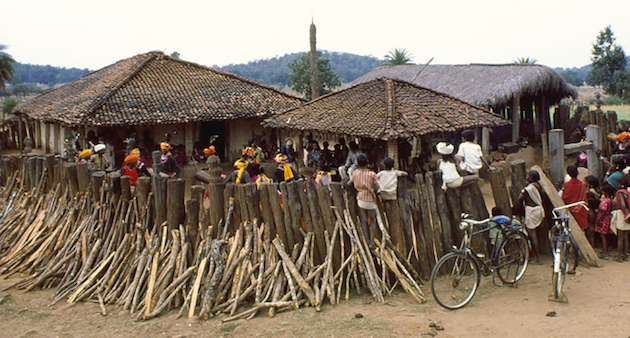Naga

Mostly living in the hilly areas of northeastern India, especially in the state of Nagaland, are the diverse indigenous tribal communities known as the Naga people. Like the country they live in, their culture and customs are diverse. The primary source of income for the Naga people is agriculture. They grow a variety of crops, such as vegetables, rice, millet, and maize. Their cultural practices and agriculture are closely linked, with numerous festivals and rituals centered around the planting and harvesting cycles.
The Naga community is well known for its unique artistic expressions, which include vivid textiles, elaborate jewelry, and traditional bamboo and wood craftsmanship. They are skilled and creative artists, and their work is a tribute to the natural world, animals, and mythological creatures.
Festivals are a significant aspect of Naga culture, celebrating the changing seasons, harvests, and communal bonds. The Hornbill Festival, in particular, is a well-known celebration that highlights the diverse Naga tribes' cultures through traditional dances, songs, and displays of traditional arts.
While Naga culture is deeply rooted in tradition, it is also evolving as the community adapts to modern challenges and opportunities. The Naga people's cultural diversity, linguistic richness, and vibrant traditions make them an essential and fascinating part of India's multicultural tapestry.














